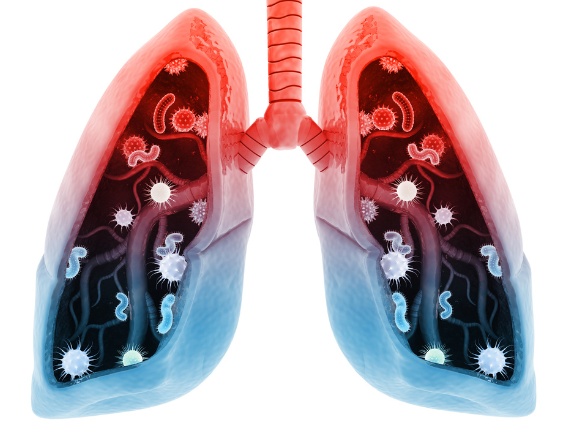John Kolbe, MD, PhD, is a respiratory physician at Auckland City Hospital and professor of medicine and head of the Department of Medicine at the University of Auckland, New Zealand.
Apart from productive cough, what signs and symptoms should suggest the presence of bronchiectasis?
Of course, chronic cough and sputum production are the hallmark symptoms of bronchiectasis.
However, when you initially take the history from the patient, the amount of sputum production may be underestimated. Possibly because of the chronicity of those symptoms, the patient comes to regard those symptoms as normal for them.
In addition, patients with bronchiectasis can have quite extensive mucus plugging and do not readily shift the abnormal airway secretions, so the amount of sputum production may only become apparent after the patient starts airway clearance therapies.
Other symptoms [include]—remember that this is a chronic inflammatory disease, so patients may have symptoms reflecting that—tiredness, generally ill health, weight loss.
Other things are focal signs on clinical examination. The presence of inspiratory medium crackles on some part of the chest or perhaps a focal abnormality on a chest radiograph that requires further investigation on a computed tomography (CT) scan is found to be an area of bronchiectasis.
 English
English
 Español
Español
 українська
українська










